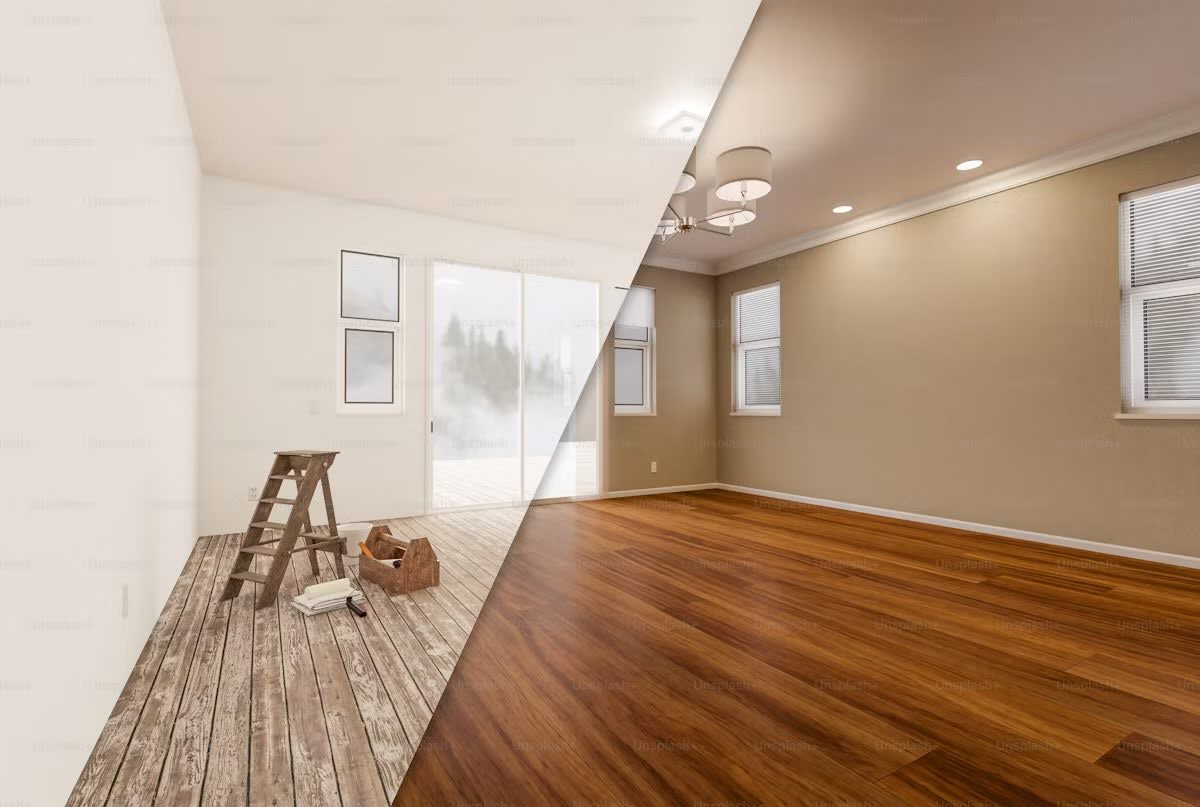Hardwood flooring is one of the most timeless and elegant additions to any home. Over the years, however, even the finest hardwood floors can lose their shine due to wear, scratches, or moisture damage. Refurbishing your floors can restore their original beauty and extend their lifespan for decades.
Whether you’re planning a full restoration or just a simple refresh, this guide will walk you through key factors every homeowner should consider before starting the process.
1. Hire Professional Hardwood Flooring Services
When it comes to restoring your floors, hiring hardwood flooring services is one of the smartest decisions you can make. Professionals have the right tools, experience, and expertise to assess your floors’ condition and determine whether they need refinishing, repair, or full replacement.
Moreover, professional services can recommend the best type of wood treatment and finish for your home’s humidity levels and foot traffic. By trusting experts, you not only save time and effort but also ensure the durability and long-term beauty of your hardwood floors.
2. Understand the Hardwood Floor Refinishing Cost
Before diving into a refurbishing project, it’s essential to understand the hardwood floor refinishing cost. The price can vary depending on factors such as the floor’s condition, the size of the area, the type of wood, and the finish you choose.
On average, homeowners can expect to pay anywhere from $3 to $8 per square foot for refinishing. If there’s extensive damage, repairs or sanding may increase the total cost. It’s also wise to get quotes from multiple contractors to compare pricing and services. Remember, while cheaper options may seem appealing, quality workmanship and materials ultimately provide better value in the long run.
3. Choose the Right Finish for Your Lifestyle
The finish you choose impacts both the appearance and durability of your hardwood floors. Options range from matte and satin to semi-gloss and high-gloss finishes. Satin finishes are popular for their balance of shine and scratch resistance, while matte finishes are ideal for households with pets or children, as they hide imperfections better.
Make sure to discuss your lifestyle and maintenance preferences with your flooring contractor to determine the best fit.
4. Prepare Your Home for the Project
Before the refurbishing process begins, clear the area of furniture, rugs, and decor. Dust and debris are common during sanding, so it’s best to seal off adjoining rooms with plastic sheets or barriers.
Some homeowners even choose to stay elsewhere for a day or two to avoid noise and fumes during refinishing. Proper preparation ensures a smoother and faster renovation process.
5. Maintain Your Floors After Refinishing
Once your floors are beautifully restored, maintaining them is key to preserving their new look. Use felt pads under furniture legs, avoid excessive water when cleaning, and regularly sweep to remove dirt and grit.
Reapply protective coatings as recommended by your flooring expert to prevent premature wear. With proper care, your refurbished floors can last for many years without needing another refinishing.
Conclusion
Refurbishing hardwood flooring is an investment that pays off in beauty, value, and durability. By hiring reliable flooring services and understanding the refinishing costs, homeowners can plan their projects wisely and achieve lasting results. With the right preparation, finish choice, and maintenance routine, your floors will continue to enhance your home’s charm and elegance for years to come.

